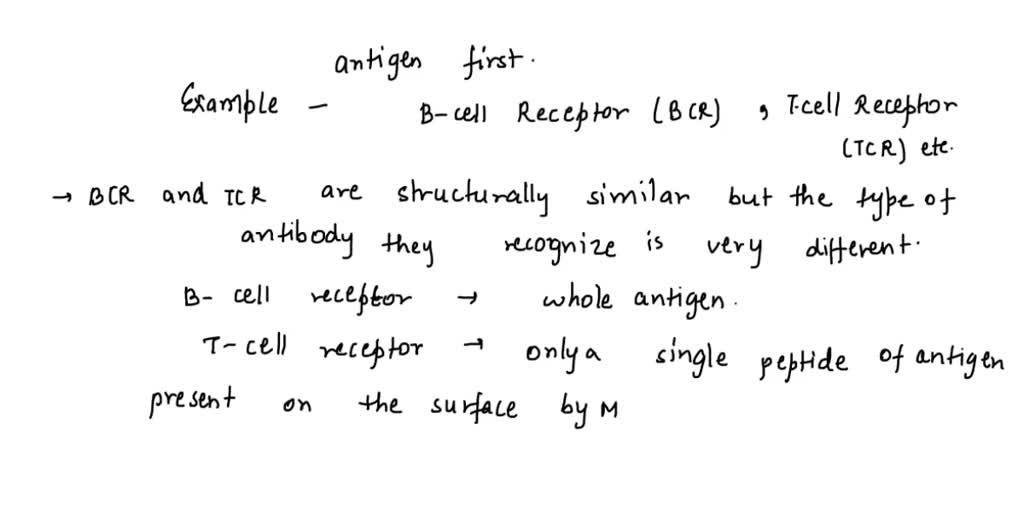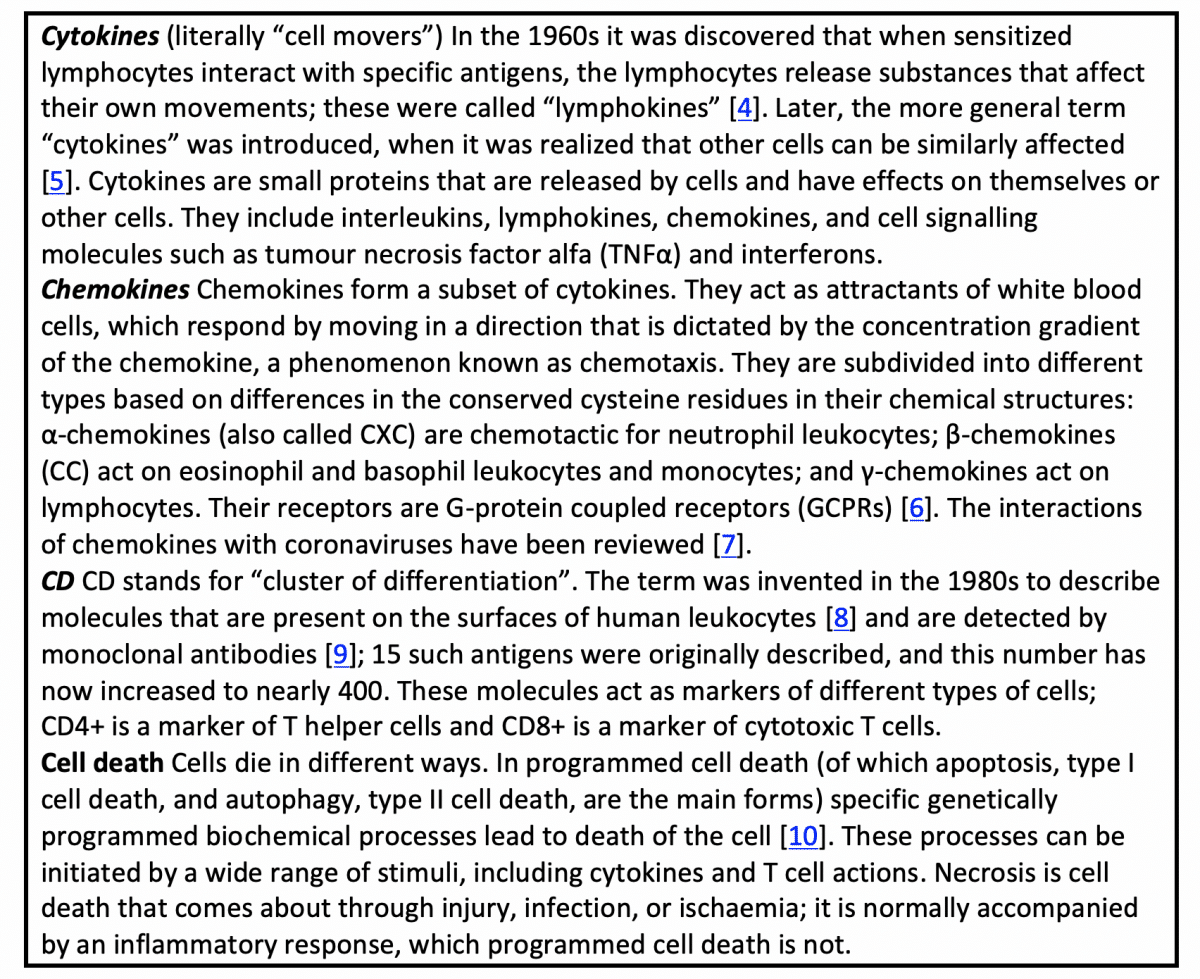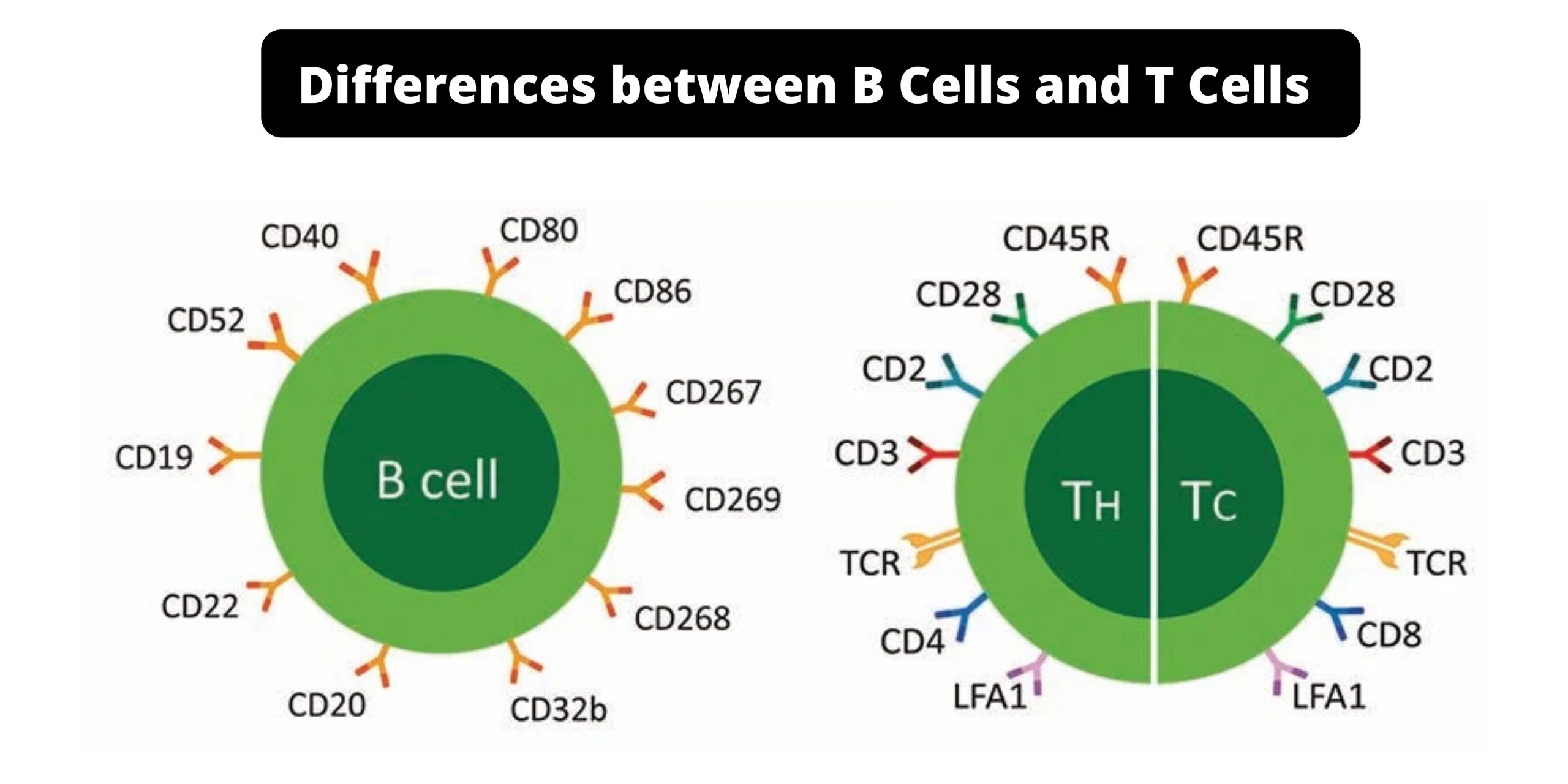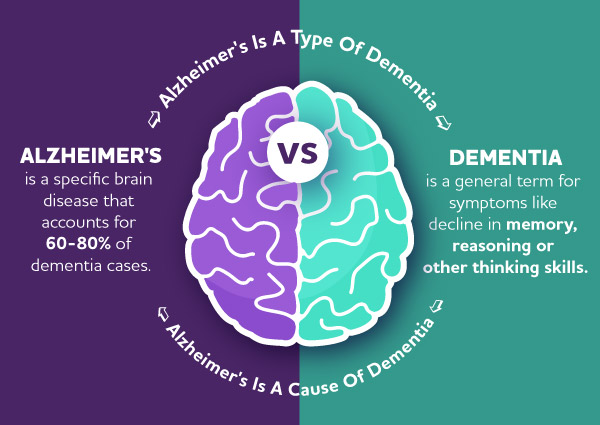B cells and T cells, also known as B lymphocytes and T lymphocytes, are two types of white blood cells that play crucial roles in the immune system. Both types of cells are produced in the bone marrow and are involved in the immune response to infections and other foreign substances in the body. However, they have some important differences that make them unique in the way they function and contribute to the immune system.
One of the main differences between B cells and T cells is their function. B cells are responsible for producing antibodies, which are proteins that recognize and bind to specific foreign substances called antigens. When a B cell encounters an antigen, it becomes activated and begins to divide, producing a clone of cells that can produce large amounts of a specific antibody. The antibodies produced by B cells can neutralize or destroy the antigen, helping to eliminate it from the body.
T cells, on the other hand, are responsible for cell-mediated immunity, which means they target and destroy infected or cancerous cells within the body. T cells can be further divided into two main types: CD4+ T cells and CD8+ T cells. CD4+ T cells, also known as helper T cells, play a regulatory role in the immune response, activating other immune cells such as B cells and macrophages. CD8+ T cells, also known as cytotoxic T cells, directly target and kill infected or cancerous cells by releasing toxic substances called perforins and granzymes.
Another difference between B cells and T cells is the way they recognize and bind to antigens. B cells have a special protein on their surface called the B cell receptor, which can bind to an antigen. When an antigen binds to the B cell receptor, it activates the B cell and triggers the production of antibodies. T cells, on the other hand, do not have a specific receptor for antigens. Instead, they rely on special proteins called MHC molecules to present pieces of the antigen to the T cell. If the T cell recognizes the antigen as foreign, it becomes activated and mounts a response against the infected or cancerous cells.
In terms of location, B cells are found in the spleen, lymph nodes, and other lymphoid organs, while T cells circulate throughout the body, including the spleen, lymph nodes, and the thymus, which is a gland located behind the sternum where T cells mature and are activated.
Overall, B cells and T cells are both important components of the immune system, but they have different functions and mechanisms for recognizing and responding to foreign substances in the body. B cells produce antibodies to neutralize or destroy antigens, while T cells target and destroy infected or cancerous cells. Despite their differences, B cells and T cells work together to protect the body from infections and other foreign substances.









